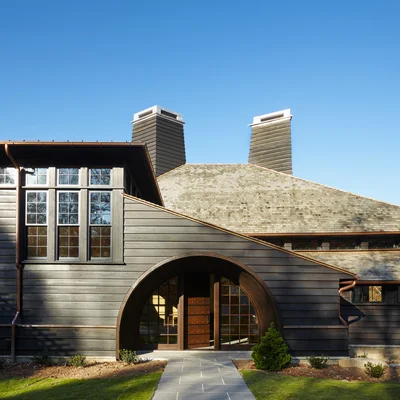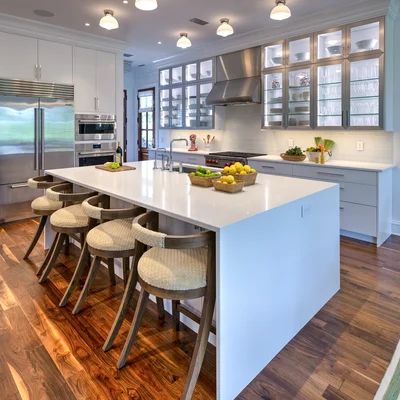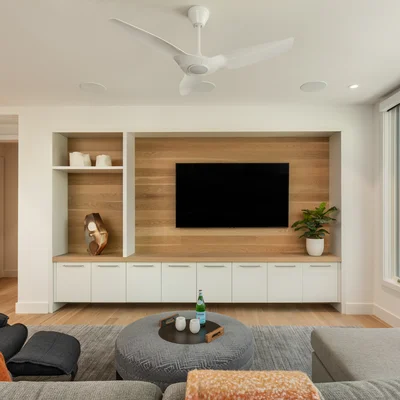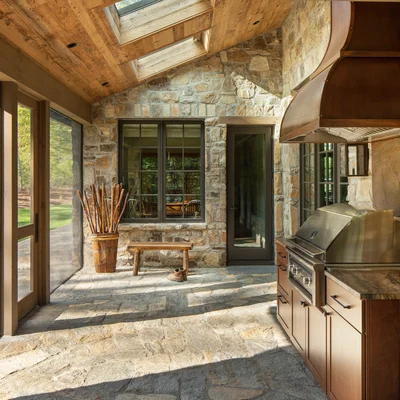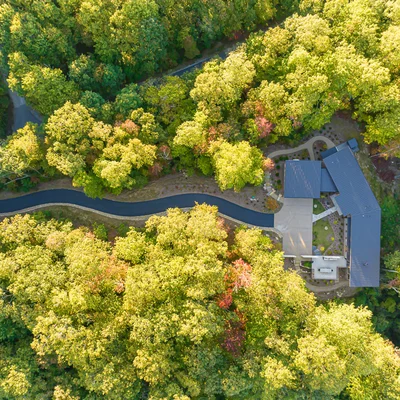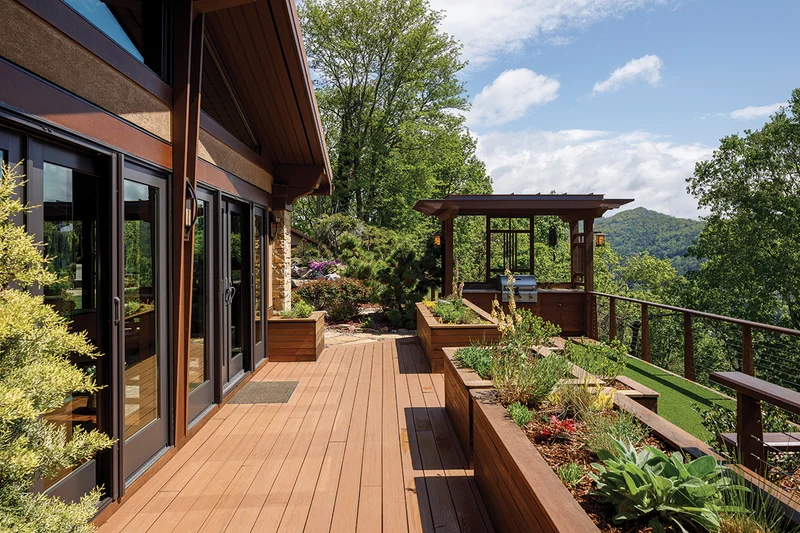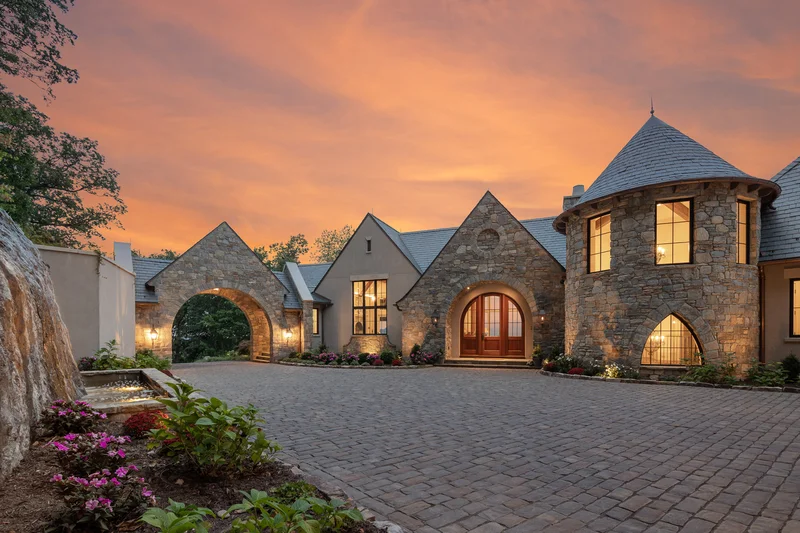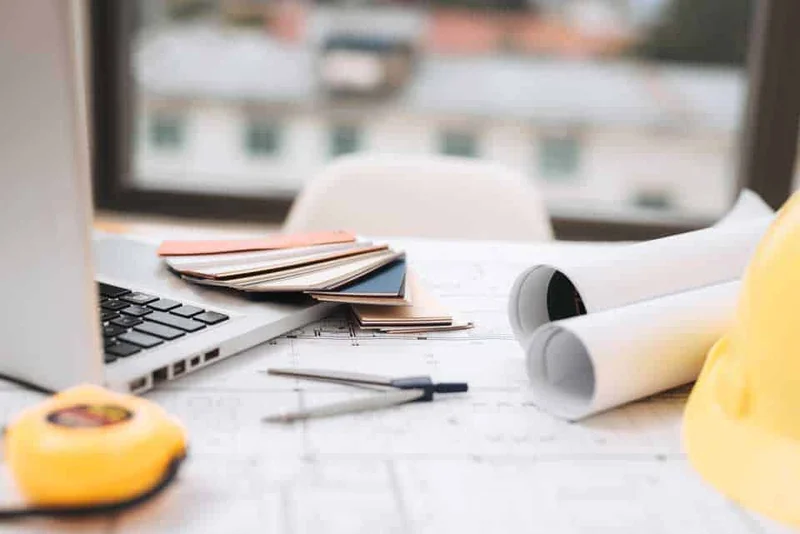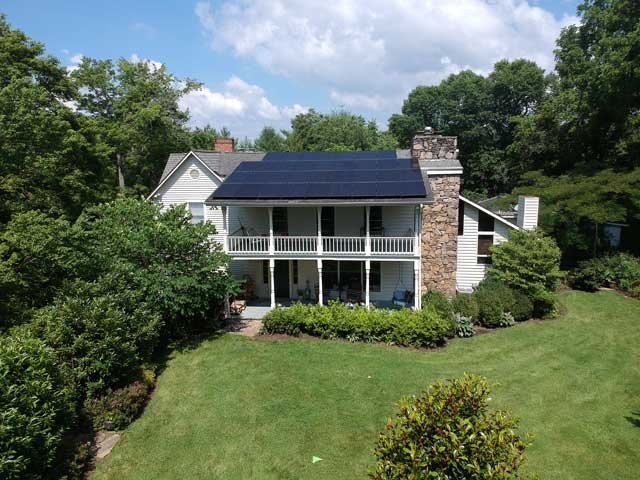
Installing solar on your custom built home or your existing home can be overwhelming and seem expensive. But installing solar panels doesn’t have to be difficult if you work with knowledgeable staff. They will help you to understand all of your options.
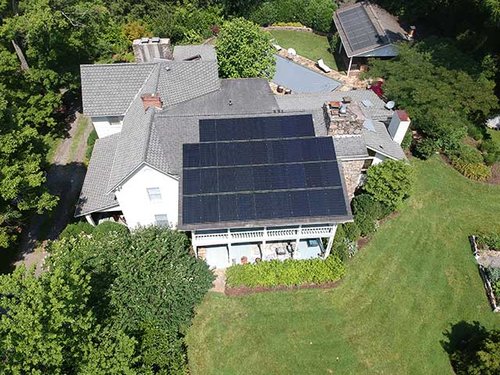
In the summer of 2020, Asheville-based solar panel company SolFarm began installing a full system on Morgan-Keefe owner Malcolm Morgan’s home. The project is partially finished. Malcolm hopes to have the system fully completed in 2021. Here, we will answer some basic questions people have about solar. We will also discuss the value it adds to any new or existing home.
Why choose solar?
There are a few attractive incentives for people considering investing in solar. For the next two years in North Carolina, Duke Energy is offering up to $6,000 in cash to its customers that install solar via their NC Solar Rebate Program. This limited program is granted on a first-come, first-served basis. However, if you are unable to receive that incentive, there are still benefits available to everyone. The federal government will offer a 26% tax credit in 2020 and a 22% tax credit in 2021 to anyone who installs solar panels on their home.
Over the last 12 years, the cost of solar has fallen by more than 90%. It continues to decrease each year. Technology and efficiency for all components of solar electric systems are continually improving. This means it is becoming easier and cheaper to install solar on your current home, or to include them in any new builds.
What should I know before installing solar panels?
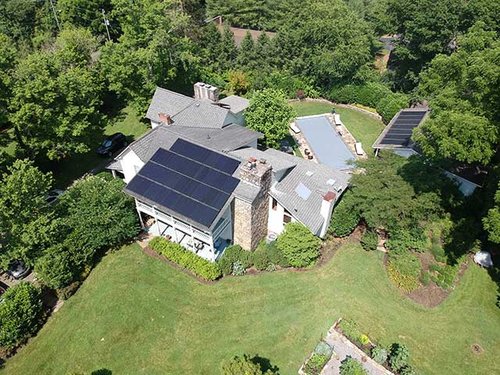
There are a few things to take into account if you choose to include solar on your home:
- Designers should consider roof orientation, slope, and potential shade impacts.
- Roof angles between 15 and 30 degrees are ideal for Western North Carolina.
- An east, south, or west exposure is crucial.
- Slopes on east and west facing roofs should be less than 30 degrees for optimized production.
- It’s also important that your building contractor and the solar company provide EV charging circuits as part of the basic infrastructure of the home.
When selecting roofing materials, use products that can last the life of the solar panels (about 30 years). You’ll want to consider how the aesthetics of your home will change with the solar panels. New designs, including all-black frames and silicone, provide a sleek, modern look.
There are minimal downsides to adding solar panels to your home–other than the fact that your neighbors may become jealous!
What value will be added to my home?

On average, solar panels raise a home’s value by 4.1% across the U.S., according to a new Zillow analysis of homes across the country. This means that homeowners can typically expect to make up for much of the cost of the system when they choose to sell their house. That’s on top of the savings from reduced energy bills and tax incentives. Zillow suggests that homeowners should evaluate the return on investment of solar energy in the same way they would for renovations like a new kitchen or finished basement.
Are you interested in adding solar panels to your new MKB build or having them installed on your current home? Call SolFarm today at 828.332.3003 to discuss the value, benefits and savings from adding solar panels to your current home or new construction home build. And, make sure to discuss it with your architect during the design phase in your home building process!
